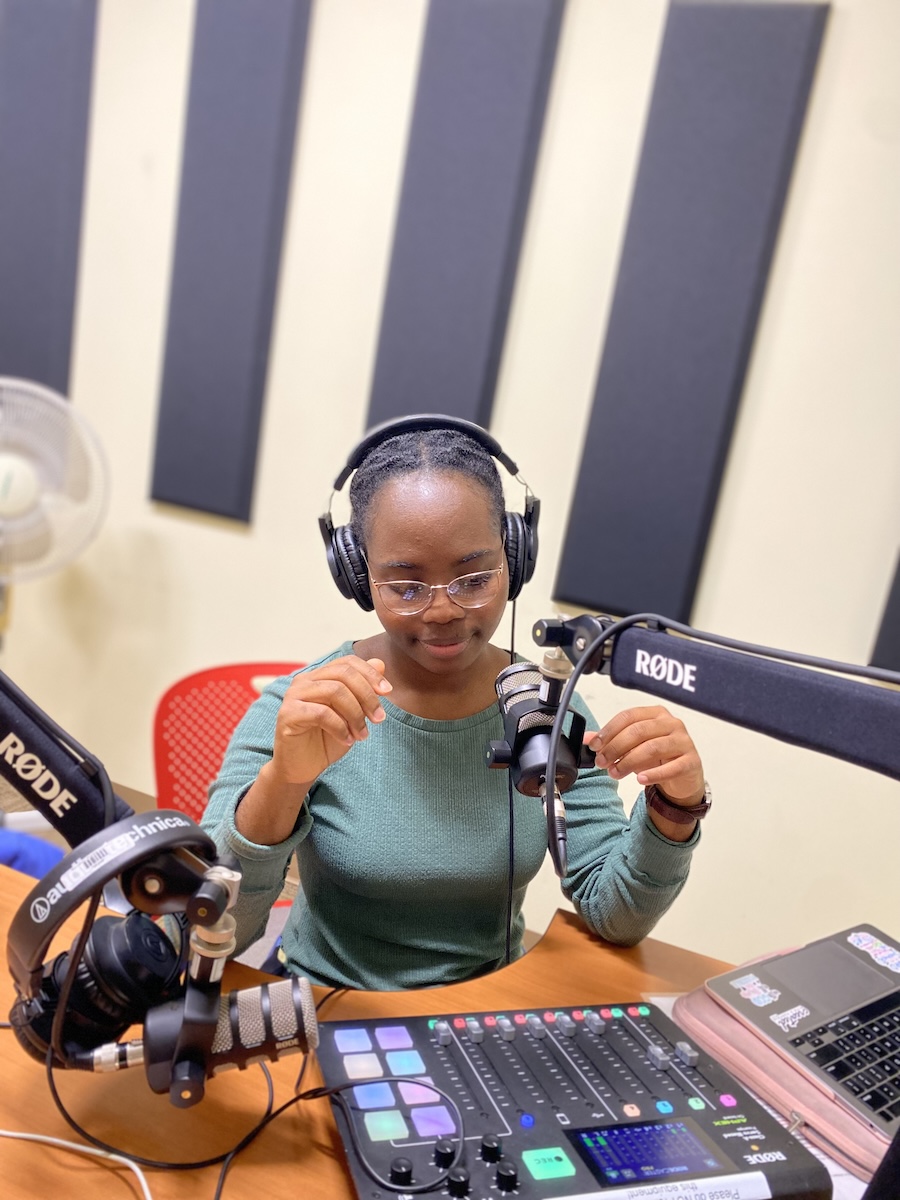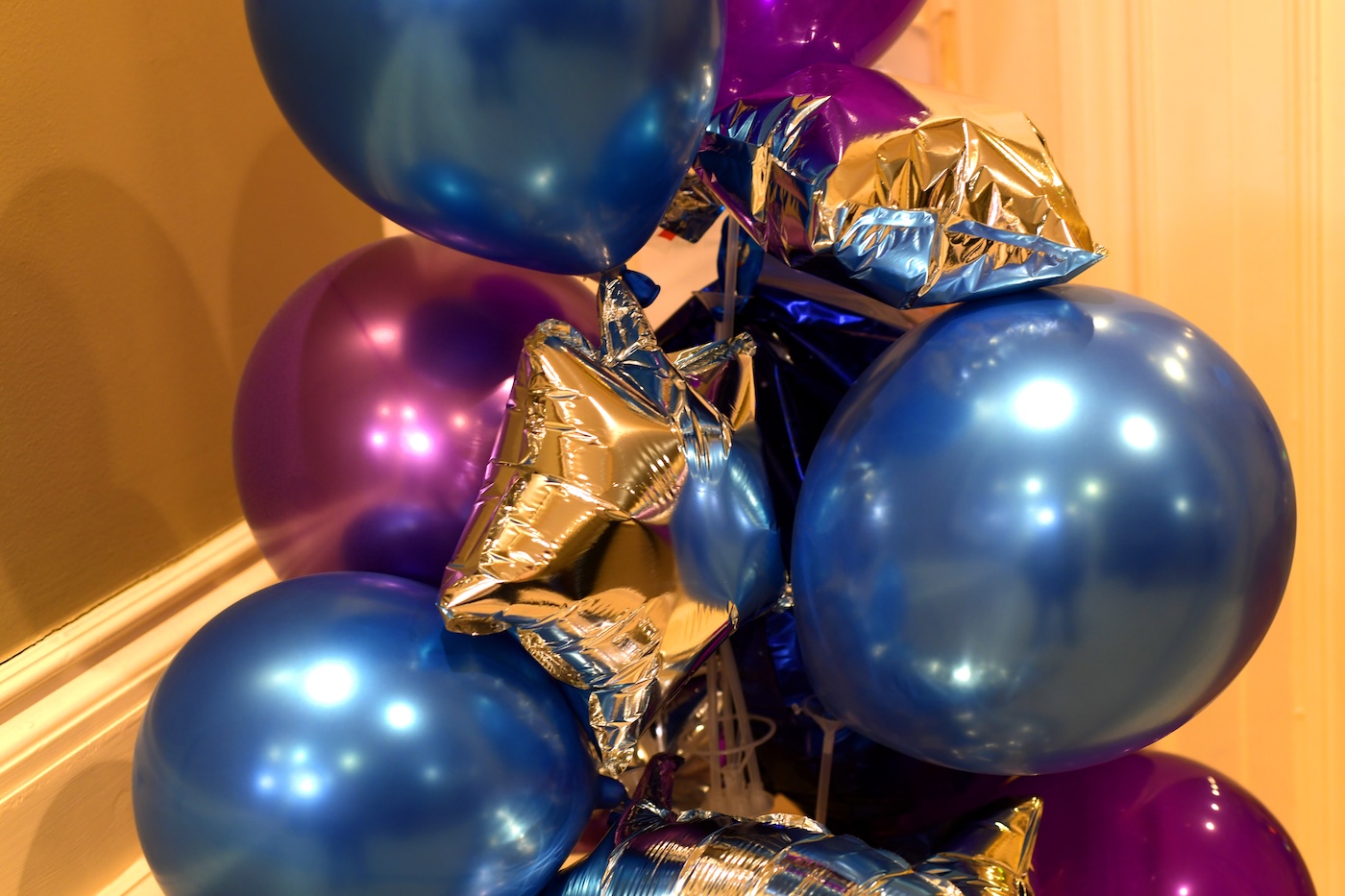Laura Griffee’17 Virtually Games Her Way to Interactive Art
By Rebecca GoldfineGriffee, a self-designed major, worked with Google Cardboard and other virtual reality software to enable users to interact with the sculptures of Assistant Professor of Art Jackie Brown.
Read Griffee’s write-up of her project below the video.
“Recent advances in gaming software and technology have opened up new possibilities for contemporary art. Through a 2016 Martha Reed Coles Fellowship and a yearlong independent study, Assistant Professor of Art Jackie Brown and I developed a build-your-own sculpture application to explore the potential for Google virtual reality (VR) — specifically Google Cardboard — to be used in a fine arts context.
The build-your-own sculpture application offers viewers a chance to be inventive and imaginative in creating their own sculptures out of parts taken from Brown’s work. With this application, Brown and I aim to communicate core concepts of her sculptural work by offering viewers a dynamic, interactive experience that gives them creative agency and a means to explore concepts of growth and transformation.
We began the project by determining the best VR device to use with our application. Brown and I chose Google Cardboard for its affordability — currently priced at $15 — and accessibility to a wide audience. The next step was to begin coding the application in Unity. My first iteration of code set up the basic mechanics of how the application would work. However, I realized part way through the coding process that it would be beneficial to reorganize and restructure the code in order to better optimize its functionality. Reorganizing the code was a substantial undertaking but was well worth the effort to improve this project and to broaden my skill set for future projects. After reorganizing my code, I was then ready to add Google VR capabilities to the project. Upon switching the project over to Google VR, I had to recode the application into a second coding language and completely restructure my user interface design since Google VR handles user interface much differently than on the computer.
Alongside the coding process I used Xbox Kinect and Skanect software to scan in parts of Brown’s sculptures and generate 3D models. These models could then be exported from Skanect into Unity and inserted as creative building blocks in the application. As the Kinect is a medium quality scanner, the scanned models of the sculptures are never exact replicas of the originals. Professor Brown and I deliberately chose to allow for these mutations as another manifestation of growth and transformation concepts.
Having created a solid application framework during the summer, Brown and I continued work on our application to add in drag, scale and rotate functionalities. At the end of my independent study, this application realized the goal Brown and I set out almost a year ago. We hope to continue work on this project in the future and look to further expand application functionalities such as allowing users to save their creations, take screenshots of their work, and export files of the models they create for 3D printing.”



